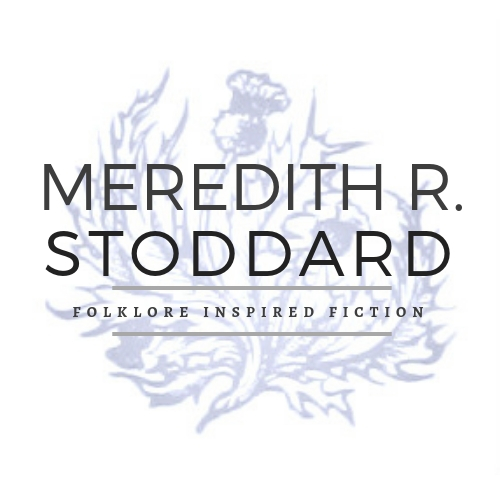We need to talk about Anne
/And by Anne, I mean "Anne with an E", the Netflix adaptation of L.M. Montgomery's Anne of Green Gables series. After watching the first season, and now the second, there is no shortage of critics complaining about the diversions from the original books, the tone, and the inclusion of more diverse characters.
Now if you've read any of my Outlander posts, you'll know that I am NOT a purist when it comes to adaptations. L. M. Montgomery, Diana Gabaldon, Shakespeare (or Francis Bacon or whoever depending on which conspiracy theory you follow.) all spend plenty of writing hours shoveling sand into their fictional sandboxes. And now it's there for adapters to play with as they will. That's the thing about art. Once it's out in the world, it's interpretation is up to the reader, viewer or adapter. For a story to be as timeless as Anne Shirley's, there has to be a lot of room for adaptation.
Everyone views a piece of art through their own window of experience. When I discovered Anne of Green Gables, I was a passionate eleven year old with frizzy hair, rapidly growing breasts and a head full of non-stop daydreams. Anne Shirley first in the form of Megan Follows and then in the books, showed me that there was hope for a too-smart girl with a big imagination. And her relationship with Gilbert Blythe showed me that I shouldn't settle for any man who didn't respect my mind and my ambitions.
Anne's indomitable spirit is what I needed then, and I do wish that my own frequently left of normal eleven year old would embrace it. I love these books and the other adaptations. But our cultural awareness today isn't the same as it was in 1911, or even 1985. We as a society have become more aware of many of the things that would have been glossed over or merely hinted at in Montgomery's time.
The abuse that Anne is subjected to before coming to Green Gables in "Anne with an E" is a prime example. There are plenty of accounts of abuse in orphanages and foster care (as it were) of the era. In the books, Anne's eagerness for love, is seen as a charming quirk. This new adaptation doesn't shy away from showing the abuse that an orphan of that era would likely have suffered. This turns Anne's charming desire for family into more of a desperate need to belong.
It's a need so many of us share, and it's felt all more keenly by those of us who fall a little out of the norm of society. In 2018, we know that people who fall outside the bounds of what was once considered normal society aren't just imaginative orphans or childless spinsters like Marilla Cuthbert. They can be artistic kids discovering their sexuality, elderly lesbians still hiding theirs from their families, immigrants, progressive teachers, tired grifters, and farmers suffering from social anxiety. This adaptation is filled with people who, like Anne, are simply looking to belong.
Moira Walley-Beckett's adaptation of Anne of Green Gables might stray from the idealized quaintness of other adaptations, but it is absolutely faithful to the spirit of Anne of Green Gables.



